Culinary Herb Garden Designs for Beginners: Start Small, Grow Flavor
Beginner Blueprints: Your First Herb Garden, Simplified
Start with a footprint no larger than your weekly attention allows, like a windowsill trio or a single 2×4 raised bed. Smaller spaces invite consistency, reduce overwhelm, and build confidence through quick, clear successes.
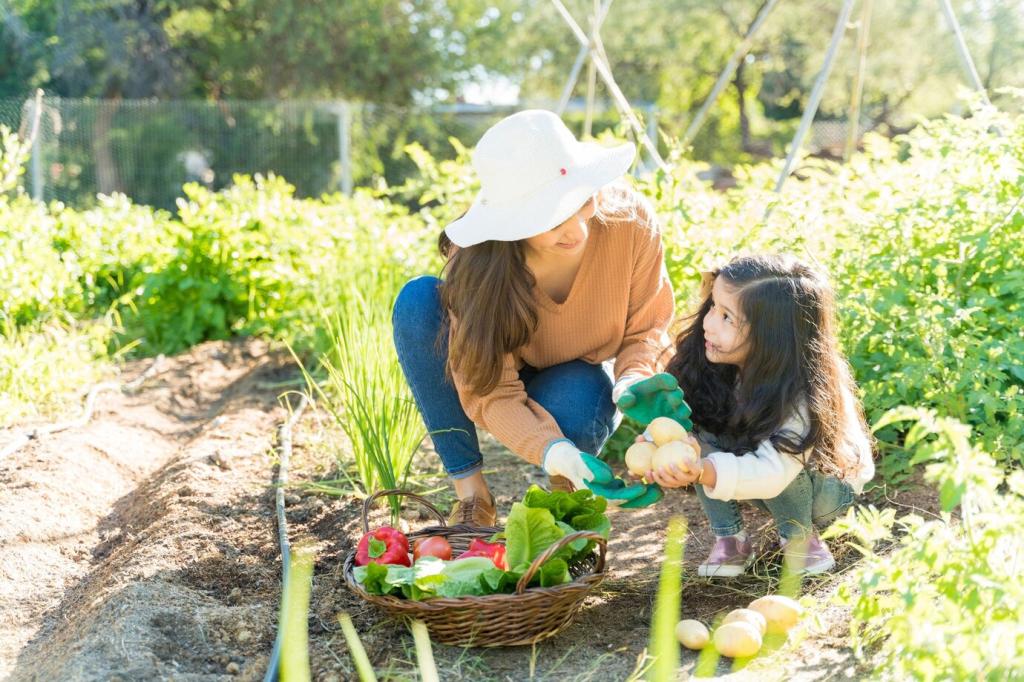
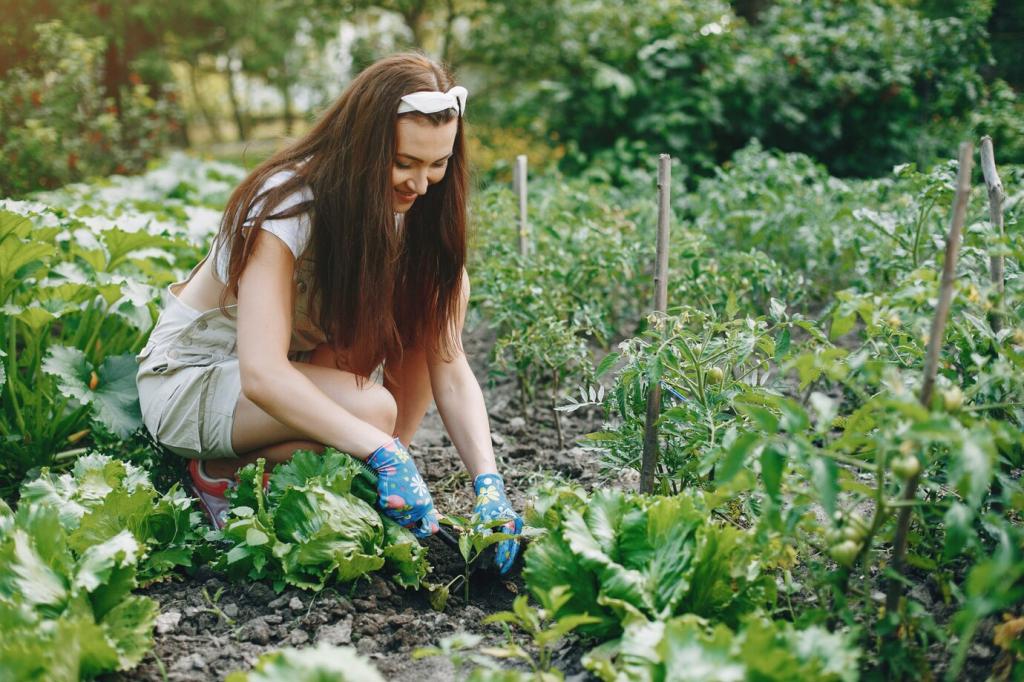
Beginner Blueprints: Your First Herb Garden, Simplified
Open your pantry and favorite recipes, then circle five herbs you reach for most. Designing around basil, parsley, mint, thyme, and chives ensures every harvest feels useful, delicious, and motivating for beginners.
Light, Location, and the Microclimates That Matter
01
Read your site’s sun story
Track sunlight for one full day, noting morning, midday, and late-afternoon exposure. Basil craves six hours, parsley tolerates partial shade, and mint stays happiest where light is gentle but steady.
02
Use reflections, walls, and edges
Bright walls bounce light toward pots, while fences create sheltered pockets for tender herbs. Place terracotta containers near reflective surfaces to warm root zones early, accelerating growth without complicated infrastructure or expensive equipment.
03
Seasonal shifts and flexible placement
As the sun tilts through seasons, pivot containers between brighter and calmer spots. Wheels, lightweight pots, and compact trays let beginners fine-tune exposure without redesigning the garden from scratch.

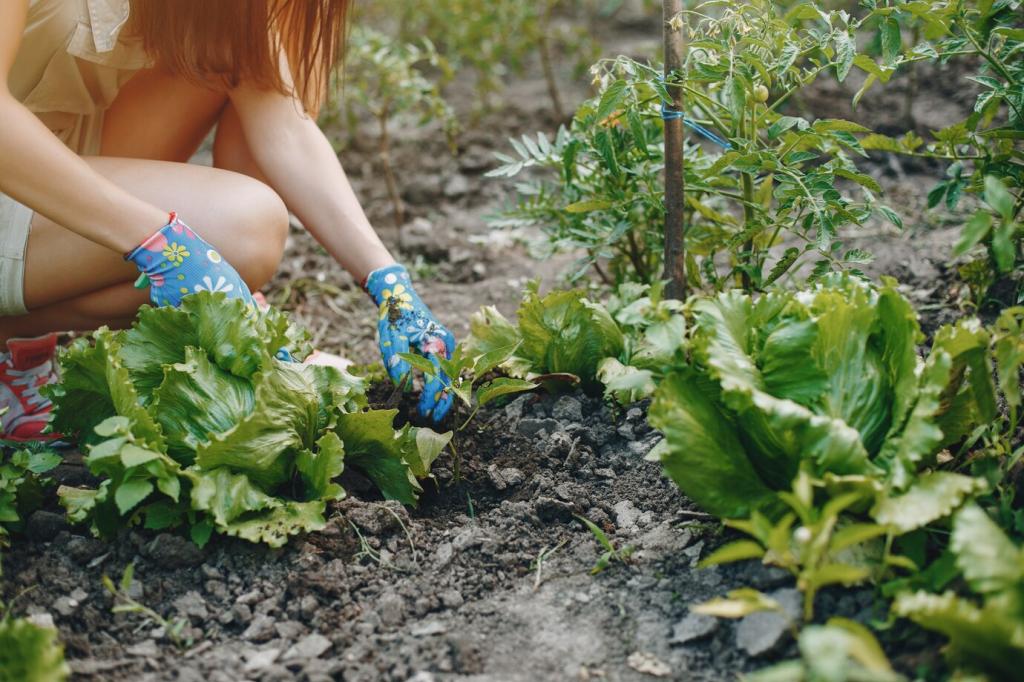


Build a well-draining mix
Combine quality potting mix with coarse perlite or pumice for airflow. Herbs dislike soggy roots, so punch clear drainage holes and raise containers on feet, preventing water from pooling under saucers.

Water deeply, then wait
Water until the pot drips, then wait until the top inch dries. Basil wants consistent moisture; thyme prefers drier intervals. A moisture meter helps beginners learn patterns without guesswork or stress.

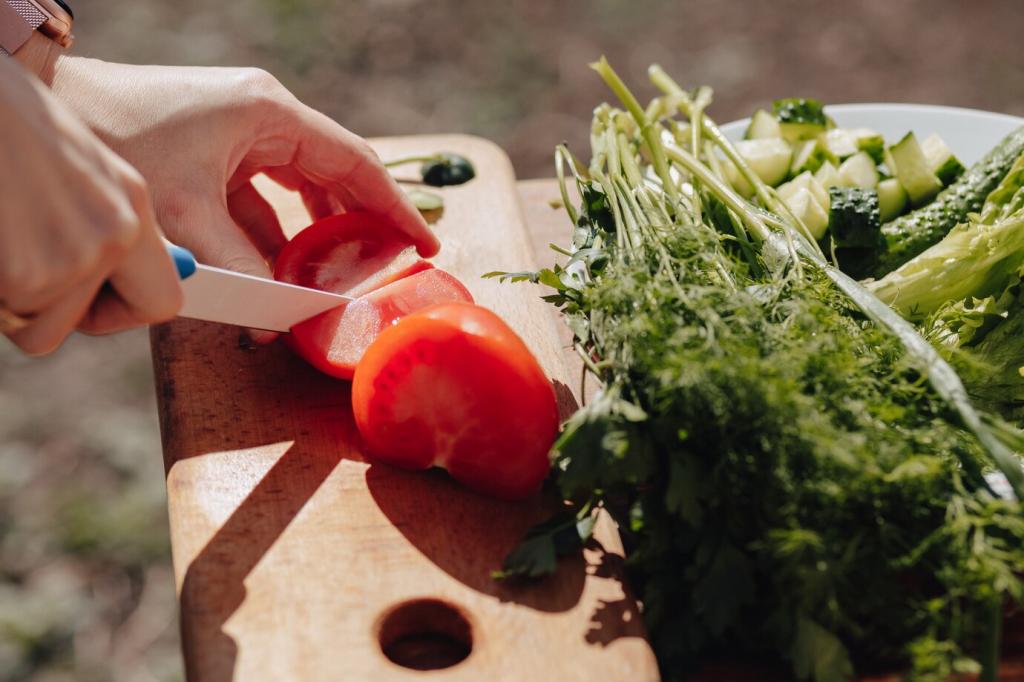
Pairings, Companions, and Design Harmony
Place basil near parsley and chives to make quick pesto tweaks simple. Keep thyme beside rosemary for easy roasting blends. Grouping by culinary use reduces decision fatigue and encourages daily harvesting.
Pairings, Companions, and Design Harmony
Let a few basil or chive flowers bloom to attract bees, boosting future yields. Their delicate blossoms add color to salads, proving beauty and productivity can happily share the same small space.
Care Routines, Harvest Joy, and Iteration
Pinch basil above a leaf pair to encourage branching, and trim thyme lightly after flowering. Regular shaping multiplies harvest points, delays woody growth, and keeps your design looking neat and intentional.

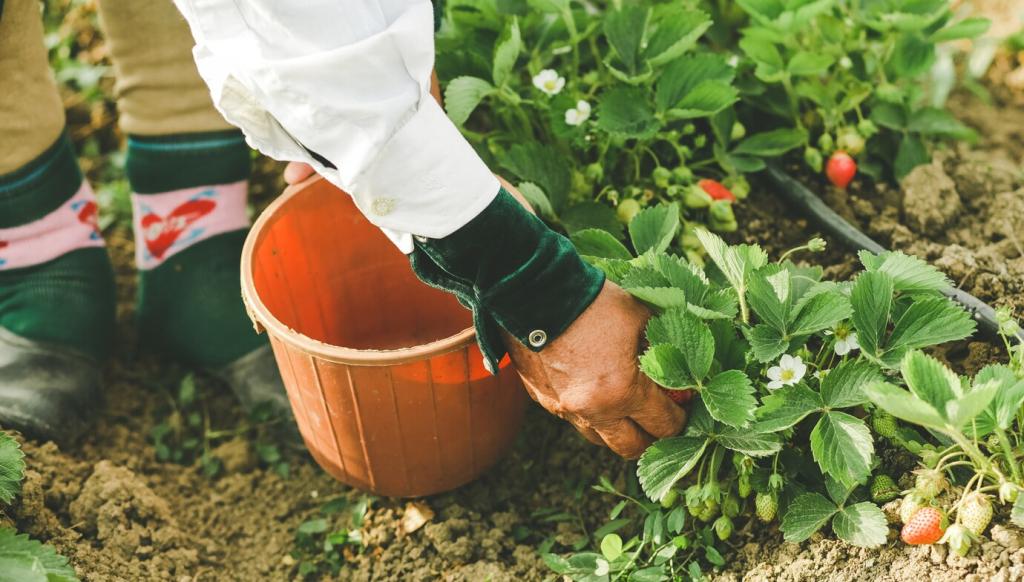
Care Routines, Harvest Joy, and Iteration
Take small, frequent cuttings from multiple plants rather than stripping one. Morning harvests keep leaves turgid and aromatic. Rinse gently, pat dry, and store wrapped in a breathable towel for freshness.

Seasons, Storage, and Beginner-Proof Backups
Grow cilantro, parsley, and chervil in cooler months; swap to basil, Thai basil, and lemon verbena when warm. This gentle rotation keeps beds full and plates flavorful across changing seasons.
Seasons, Storage, and Beginner-Proof Backups
Before frost, bring containers indoors near the brightest window. Use lightweight grow lights to bridge dark weeks. Trim herbs modestly to reduce stress and watch for pests hiding in pot rims.
